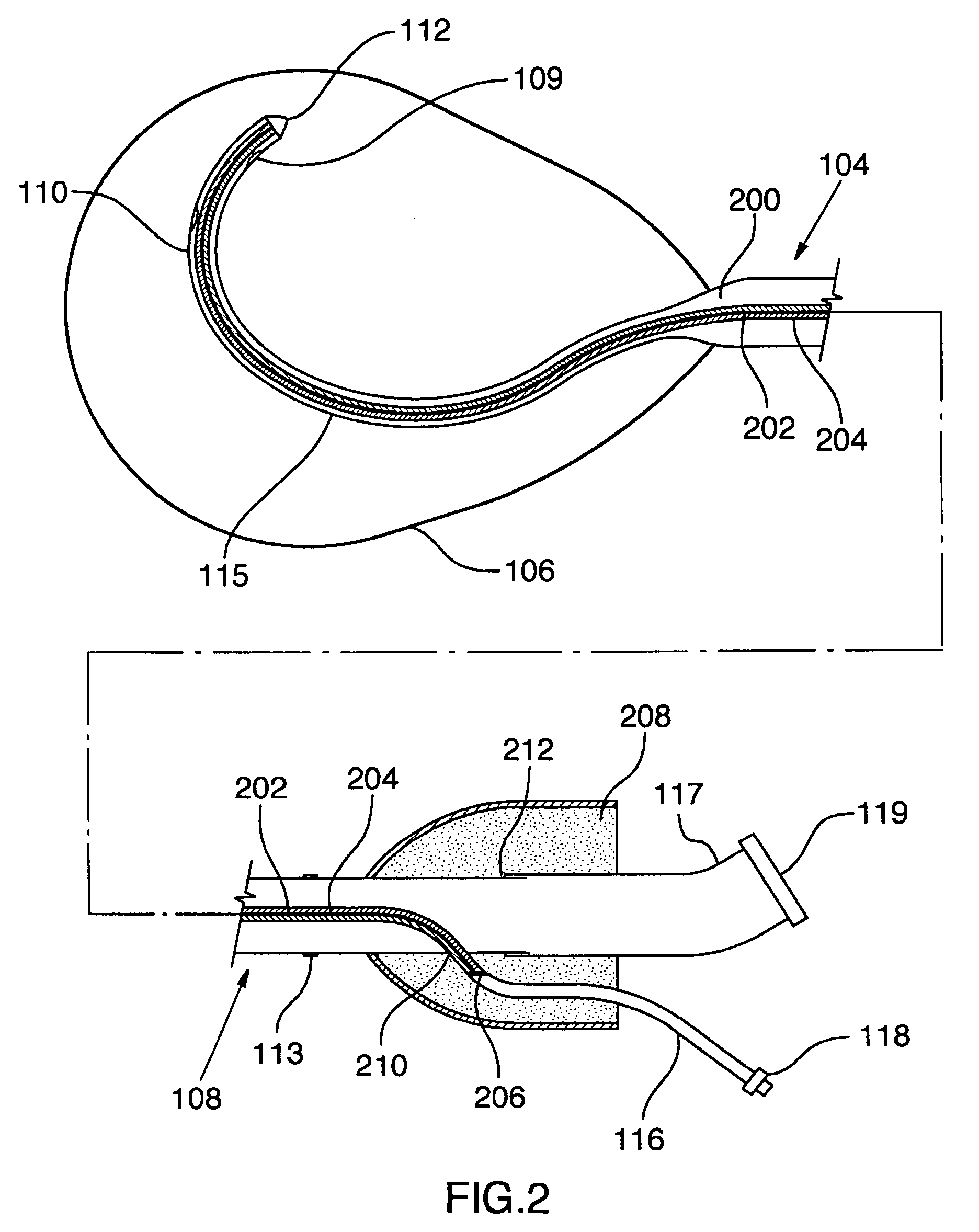Method of surgical perforation via the delivery of energy
a technology of energy delivery and perforation, which is applied in the field of surgical perforation via the delivery of energy, can solve the problems of not being able to gain access to the right atrium using a femoral approach, and not being able to use a femoral approach to gain access to the right atrium for trans-septal access,
- Summary
- Abstract
- Description
- Claims
- Application Information
AI Technical Summary
Benefits of technology
Problems solved by technology
Method used
Image
Examples
Embodiment Construction
Definition
RF Ablation vs. RF Perforation
[0027] Benson et. al. (2002) discuss the fundamental differences between RF ablation and RF perforation. In an RF perforation procedure, energy is applied to rapidly increase tissue temperature to the extent that the intracellular fluid becomes converted to steam, inducing cell lysis as a result of elevated pressure within the cell. Upon the occurrence of cell lysis and rupture, a void is created, allowing the tip of the catheter to penetrate the tissue. In order to achieve this effect, RF perforation devices must apply a high voltage to the tissue region over a short period of time. Also, the tip of the device being used should be relatively small, in order to increase the impedance of the device. This is in contrast to RF ablation, whereby a larger-tipped device is utilized to deliver a low impedance and high power signal to the region involved. Furthermore, as opposed to RF perforation, which creates a void in the tissue through which t...
PUM
 Login to View More
Login to View More Abstract
Description
Claims
Application Information
 Login to View More
Login to View More - R&D
- Intellectual Property
- Life Sciences
- Materials
- Tech Scout
- Unparalleled Data Quality
- Higher Quality Content
- 60% Fewer Hallucinations
Browse by: Latest US Patents, China's latest patents, Technical Efficacy Thesaurus, Application Domain, Technology Topic, Popular Technical Reports.
© 2025 PatSnap. All rights reserved.Legal|Privacy policy|Modern Slavery Act Transparency Statement|Sitemap|About US| Contact US: help@patsnap.com



